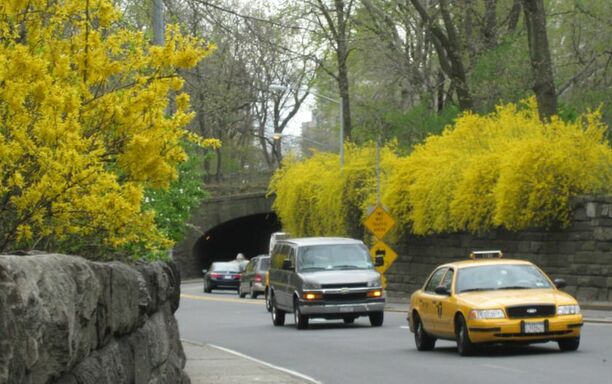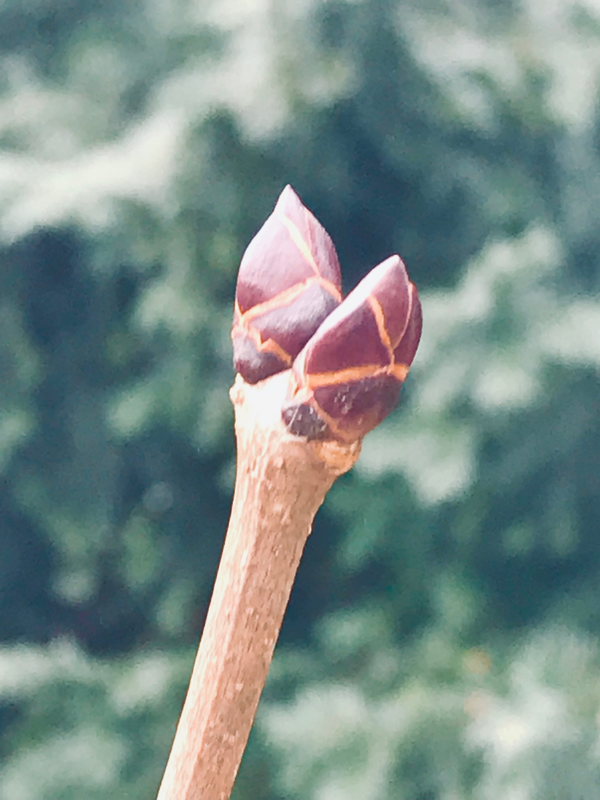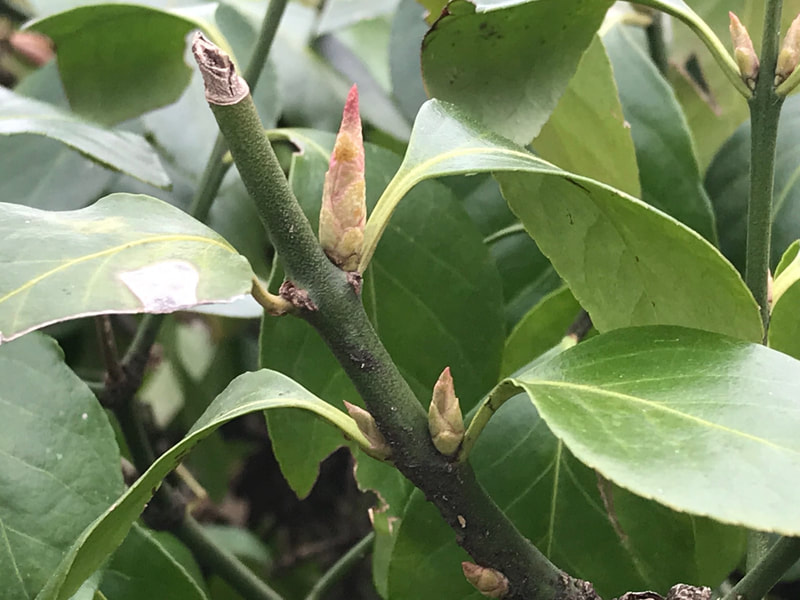 It is happening: bursts of colors emerging in planted areas of our city as the daylight hours lengthen and temperatures warm. First came a hint of yellow, barely visible within tightly packed buds. And then one day, just a few days ago, they appeared: the saturated, taxi-cab yellow of forsythia flower, 4-lobed wonders appearing before the shrub’s leaves unfurl. And now a broader palette of wisps of color bloom: the deep red hue of maple flowers, rust-colored elm blossoms, yellow-gold cornelian cherry dogwood flowers, and reddish-pink of crabapple blossoms, daffodils, sky-blue of bluebells, and the yellow and lilac of crocus flowers encircled by blade-like leaves. Vibrant and expressive, wonders of form and color, these early spring flowers will soon be followed by lilacs and viburnum, wisteria, trillium and magnolia, azalea, cherry and redbud, tulip and tulip tree, and dogwoods – flowers that bloom locally in April, sequencing into blooms of late spring and summer. Over the past few weeks, much of my attention has turned to the needs of work and family, obligations for which I am grateful as they tether me to relationships and projects I care deeply about. But noticing spring’s first flowers awakens me to what is bigger than my immediate world. I am jolted into awareness of nature and its cycles, of which we--even in the course of day-to-day obligations--are a part. "My goodness," I am reminded. "There is a whole world out there!" Welcome to spring.
0 Comments
Winter, when so much seems dormant, may seem like a strange time to observe robust plant life, but if you take a close look at nearby trees and shrubs you will notice buds lying in wait to bloom. With a few more weeks of winter, now is a great time to observe these perfect, complete containers of embryonic stems, leaves, and flowers and to explore their variations.
Many of us think that buds appear in the spring. After all, that's when leaves and flowers emerge, following winter's chill. But buds typically form during the summer and fall prior to the spring in which they bloom. Known in the winter as "resting buds", they appear in forms, sizes, and locations unique to each species. "Terminal buds" appear at the end of twigs; "lateral buds" appear along the sides of twigs. Some buds appear individually, others in clusters. And, as with leaves, buds can be situated opposite one another on a twig or alternating, an additional way to identify and differentiate tree species. As described in Nancy Ross Hugo's enchanting book Trees Up Close, the terminal bud of the American beech is pale yellow-brown, sharply-pointed spear shaped, and sits individually. The terminal buds of the red oak, by contrast, are course and stout and appear in clusters. On some trees, leaf and flower buds are indistinguishable before they begin to bloom. With other trees, such as dogwoods, flower buds may be rounder than leaf buds. Resting buds are a great way to learn to explore the variety of bud formation and identify tree species. They also are a reminder that even in the depth of winter and in the absence of leaves, trees are abundant with life, ready to blossom with the emergence of spring. |
About this Blog
Hi! I'm Nancy Kopans, founder of Urban Edge Forest Therapy. Join me on an adventure to discover creative ways to connect with nature in your daily life, ways that are inspired by urban surroundings that can reveal unexpected beauty, with the potential to ignite a sense of wonder. Archives
April 2023
Categories
All
|



 RSS Feed
RSS Feed